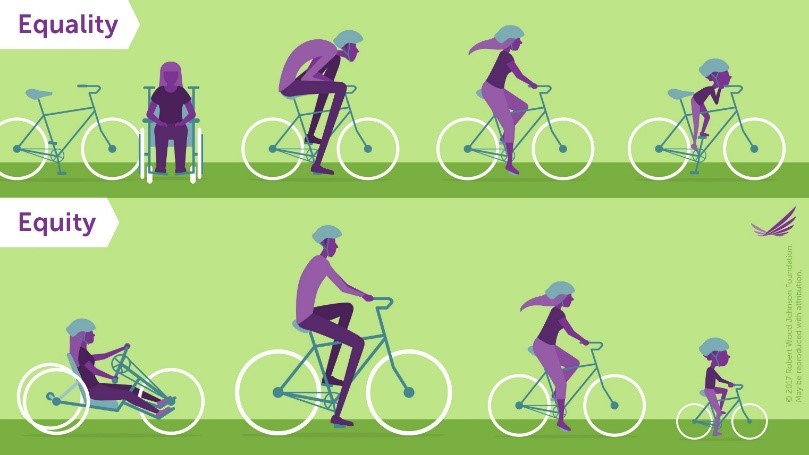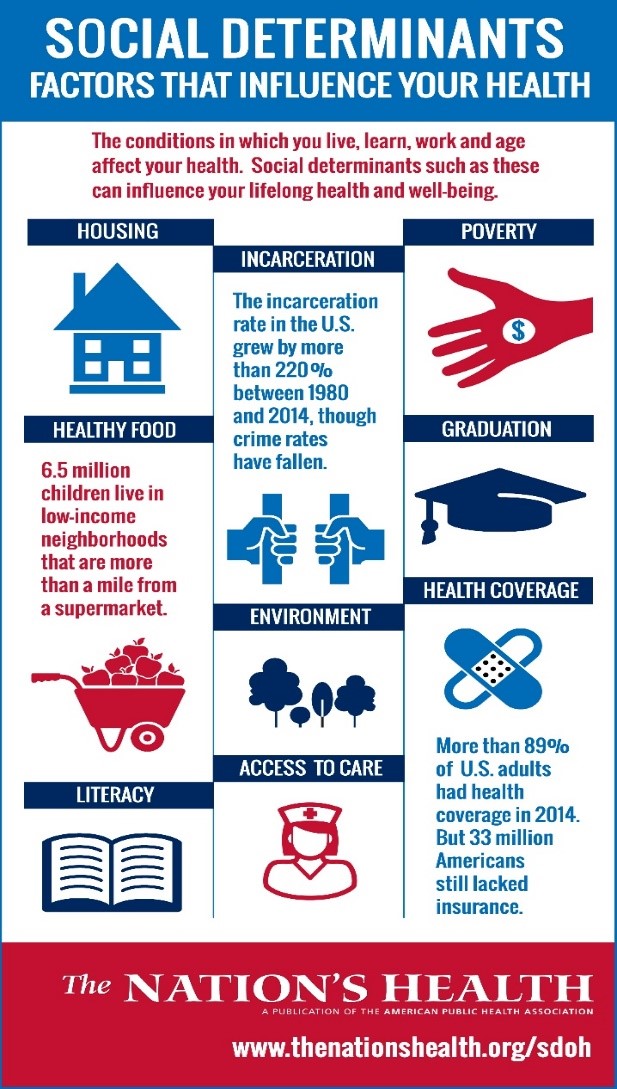Program Areas
Antibiotic Resistance and Prevention
Antibiotic resistance is an emerging danger to effective clinical care and a major global public health threat. Modern medical treatments such as surgery, cancer chemotherapy, and organ transplants are at risk due to the emergence of antibiotic resistance. Antibiotics are used to treat bacterial infections. However, a majority of antibiotic prescribing in the United States (U.S.) is unnecessary or inappropriate.

Our antibiotic resistance prevention efforts aim to align with the global ‘One Health’ approach, which recognizes that the health of people is connected to the health of animals and the environment, and encourages collaboration across all levels – local, regional, national, and global – to achieve the best health outcomes for our population (Source: Centers for Disease Control and Prevention).
Our current antibiotic resistance prevention efforts include, but are not limited to:
- Community-based prevention effort
- The Epidemiology Department in collaboration with the California Department of Public Health’s Healthcare-Associated Infections Program leads The Coachella Valley Antibiotic Resistance Prevention Collaborative – a partnership of local healthcare facilities who work together to prevent the spread of antimicrobial resistance. For more info, click here.
- Hospital-based prevention efforts
- Antimicrobial stewardship: we utilize the latest evidence-based science, including behavioral science approaches, to implement interventions in our health system that can reduce unnecessary use of antibiotics in our patient populations.
What is antimicrobial stewardship?
According to The Society for Healthcare Epidemiology of America, antimicrobial stewardship is a set of coordinated strategies that improve the use of antimicrobial medications (including antibiotics) with the goal of enhancing patient outcomes, reducing antibiotic resistance, and decreasing the spread of infections caused by multidrug-resistant organisms.
Epidemiologic Monitoring and Surveillance
Epidemiologic surveillance and monitoring involves examining and analyzing data reported by our hospital’s Infection Prevention and Control team. We utilize a number of analytic techniques to examine trends and produce descriptive statistics to inform hospital-based policies and protocols to respond to and prevent infections. The main focus areas we provide epidemiologic support for are:
- Analysis of healthcare-associated and community-acquired infections
- Antibiotic resistance surveillance, analysis, and prevention
- Hand hygiene monitoring and analysis
- Water safety management (Legionella prevention)
Population Health
The Population Health Program works to identify health outcomes with significant and disproportionate epidemiologic burden and focus on ways to overcome the determinants that drive poor health conditions in our patient population and community. Our goal is to create social and physical environments that promote good health for our patients, staff, and visitors.
The Department of Epidemiology focuses on:
- Reducing health disparities and promoting health equity
- Community engagement and empowerment
- Improving social determinants of health (SDOH) and health outcomes

Source: Robert Wood Johnson Foundation, #PromoteHealthEquity
What is Health Equity?
“Health equity means that everyone has a fair and just opportunity to be as healthy as possible. This requires removing obstacles to health such as poverty, discrimination, and their consequences, including powerlessness and lack of access to good jobs with fair pay, quality education and housing, safe environments, and health care.” (Source: Robert Wood Johnson Foundation)

What are Social Determinants of Health?
Social determinants of health are “conditions in the environments in which people are born, live, learn, work, worship, play and age that affect a wide range of health, functioning, and quality-of-life outcomes and risks” (Source: Healthy People 2020).
Examples of social determinants include:
- Availability of resources to meet daily needs
- Access to educationand job opportunities
- Access to health care
- Community-based resources and recreational activities
- Transportation
- Public safety
- Social support
- Exposure to crime or violence
- Socioeconomic conditions
- Residential segregation
- Language and literacy
- Access to mass media and technology
Source: Healthy People, 2020



